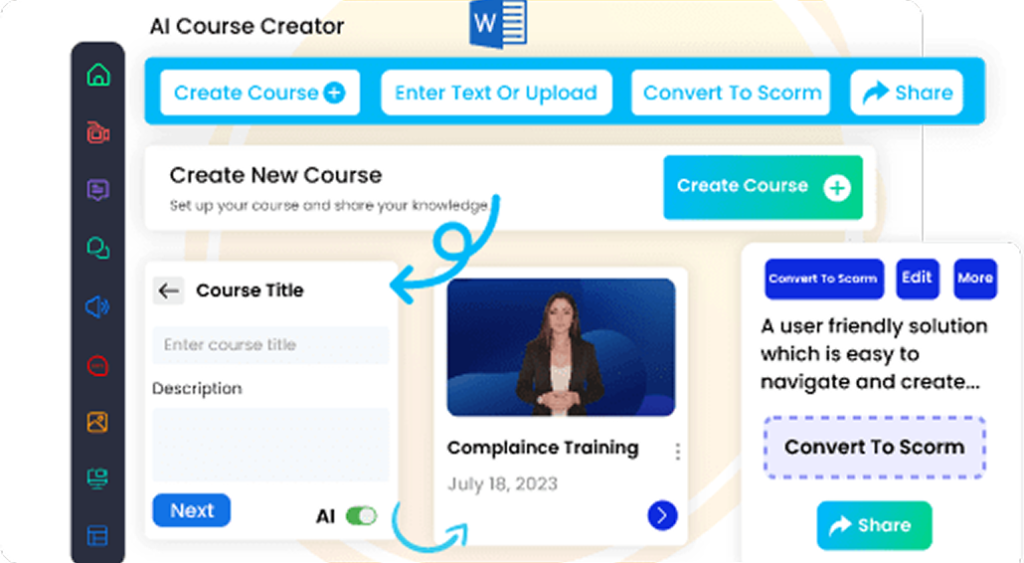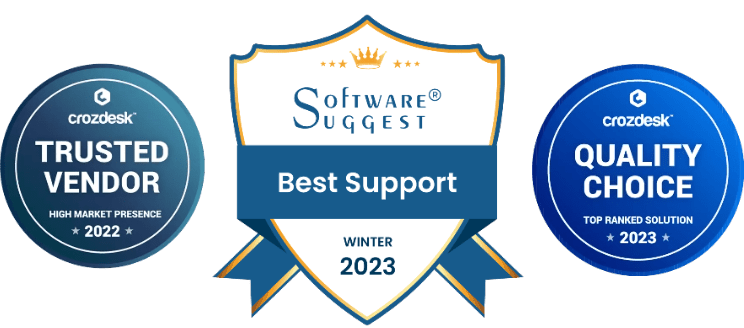In today’s fast-paced business environment, organizations are constantly exposed to a range of risks—from financial uncertainties to cybersecurity threats. Having a well-trained workforce in risk management is crucial to navigating these challenges effectively. In this article, we will explore the importance of risk management training for employees and how it contributes to a more resilient and proactive workforce.
Understanding Risk Management in the Workplace
Risk management is the process of identifying, assessing, and controlling threats to an organization’s assets, including its employees, reputation, and financial resources. However, many companies overlook one critical factor: ensuring their workforce is equipped to handle risk effectively. Proper risk management training empowers employees to recognize potential risks early, take preventative actions, and respond effectively in crisis situations.
What Is Risk Management Training?
Risk management training teaches employees how to identify, evaluate, and mitigate risks in their day-to-day tasks. It also educates them on the importance of a company’s risk management policies and procedures. By training employees to understand the various types of risks—whether operational, strategic, or compliance-related—companies create a culture of awareness and preparedness.
The Benefits of Risk Management Training for Employees
Incorporating risk management training for employees brings a range of benefits to both the organization and its staff. Below are some key advantages:
- Improved Decision-Making: Employees will be able to make more informed decisions by understanding the risks involved and the potential impacts on their work.
- Enhanced Workplace Safety: Risk management training helps reduce workplace accidents by teaching employees how to identify safety hazards and prevent them.
- Financial Protection: Employees trained in risk management can help safeguard the company’s financial assets by identifying fraud, errors, and compliance issues early.
- Increased Compliance: Organizations are often required by law to have certain risk management measures in place. Well-trained employees can ensure compliance with legal requirements and industry regulations.
Discover how our courses can align with your training goals and drive real results.
Learning Built Around Your Goals.
Schedule A DemoHow to Train Employees on Risk Management
Now that we understand the importance of risk management training, let’s explore how to train employees effectively. The training process involves several critical steps that ensure employees not only understand the risks but also know how to handle them in real-world scenarios.
Step 1: Start with Basic Risk Concepts
Before diving into specific risks, it is essential to teach employees the fundamentals of risk management. This includes defining risk, understanding the types of risks that could affect the business, and the importance of risk mitigation. This foundational knowledge sets the stage for more detailed training.
Step 2: Identify and Assess Risks
Once employees understand the basics, the next step is to teach them how to identify and assess risks in their own roles. Training should cover how to recognize potential risks, assess their likelihood and impact, and prioritize them. Practical examples and case studies can help employees grasp these concepts more effectively.
Step 3: Develop Risk Mitigation Strategies
It’s important to provide employees with the tools they need to mitigate identified risks. This could involve teaching them how to implement controls, take preventative actions, and make quick decisions in emergencies. Employees should also be trained on reporting risks to the appropriate departments or managers.
Step 4: Simulate Real-Life Risk Scenarios
One of the best ways to train employees on risk management is through hands-on experience. Use simulations or role-playing exercises to present common risk situations and ask employees to solve them. This helps develop their problem-solving skills and prepares them for real-world challenges.
Step 5: Provide Ongoing Training and Refresher Courses
Risk management is an ongoing process. It’s essential to offer periodic refresher courses and updates to keep employees informed of the latest risks, regulations, and mitigation techniques. Ongoing training ensures employees remain prepared and vigilant against new risks as they arise.
How Risk Management Training Helps in Crisis Situations
Effective risk management training equips employees to act quickly and decisively in times of crisis. Whether it’s a cybersecurity breach, a natural disaster, or an internal operational failure, trained employees can respond with the right actions to minimize damage and protect the business. Moreover, employees who are familiar with risk protocols can help maintain calm and order, preventing panic and confusion.
Example: Cybersecurity Threats
With the increasing number of cyber-attacks, ensuring employees understand how to recognize phishing attempts, maintain strong passwords, and report suspicious activity is essential. Well-trained employees can be the first line of defense against cyber threats, protecting company data and customer privacy.
Example: Workplace Safety
For industries with physical risks, such as manufacturing or construction, employees must be trained to identify hazards, follow safety protocols, and use personal protective equipment correctly. Effective training reduces the likelihood of accidents, keeping both employees and the company safe.
Best Practices for Implementing Risk Management Training
To ensure the success of your risk management training for employees, consider these best practices:
- Tailor Training to Job Roles: Different job functions face different risks. Customize the training to address specific risks relevant to each department or role.
- Make Training Interactive: Incorporate interactive elements like quizzes, group discussions, and simulations to engage employees and enhance retention.
- Use Real-Life Scenarios: Teach employees how to handle real-world risks by using case studies and examples that reflect the company’s actual challenges.
- Ensure Accessibility: Ensure training materials are easy to access and understand. Consider using online courses, workshops, or webinars for flexibility.
How can CogniSpark AI help you?
To meet the evolving demands of workplace learning, CogniSpark AI offers a future-ready training solution that blends intelligence, interactivity, and scalability. Its integrated AI Tutor delivers real-time feedback, personalized coaching, and scenario-based learning to help employees build essential skills with confidence. Whether it’s communication, compliance, leadership, etc. CogniSpark AI ensures that learning is engaging, adaptive, and outcome-focused.
The platform’s built-in authoring tool allows organizations to rapidly create, customize, and update content to reflect company values, tone, and evolving business requirements. This ensures training remains relevant, up-to-date, and aligned with strategic goals.
CogniSpark AI also integrates seamlessly with any existing LMS, enabling centralized tracking, streamlined deployment, and continuous improvement based on performance data. From onboarding to upskilling, CogniSpark AI empowers organizations to build a smarter, more capable workforce through intelligent training experiences.
Conclusion
In today’s business world, risk is unavoidable. However, with proper risk management training for employees, companies can equip their workforce to handle these risks proactively. By providing employees with the skills and knowledge to identify, assess, and mitigate risks, businesses can reduce potential damages, improve decision-making, and maintain a safer, more compliant workplace.
Investing in how to train employees on risk management not only benefits your organization but also enhances employee confidence and responsibility. With the right training program in place, your team will be better prepared to face any challenges that come their way, ensuring long-term success for your business.
Access 100+ fully editable, SCORM-compatible courses featuring an integrated AI Tutor and an in-built authoring tool. Seamlessly compatible with any LMS, these courses are designed to elevate your training programs.
Explore Our eLearning Course Catalog























